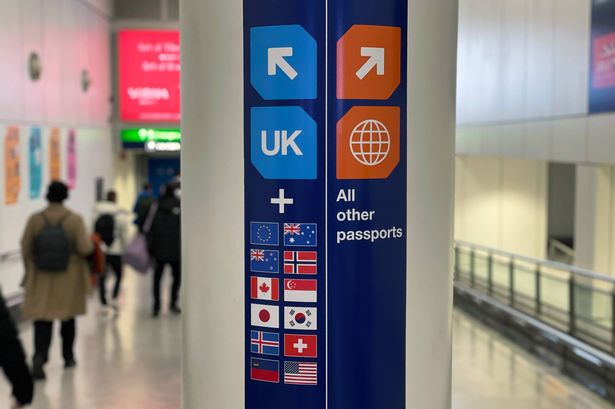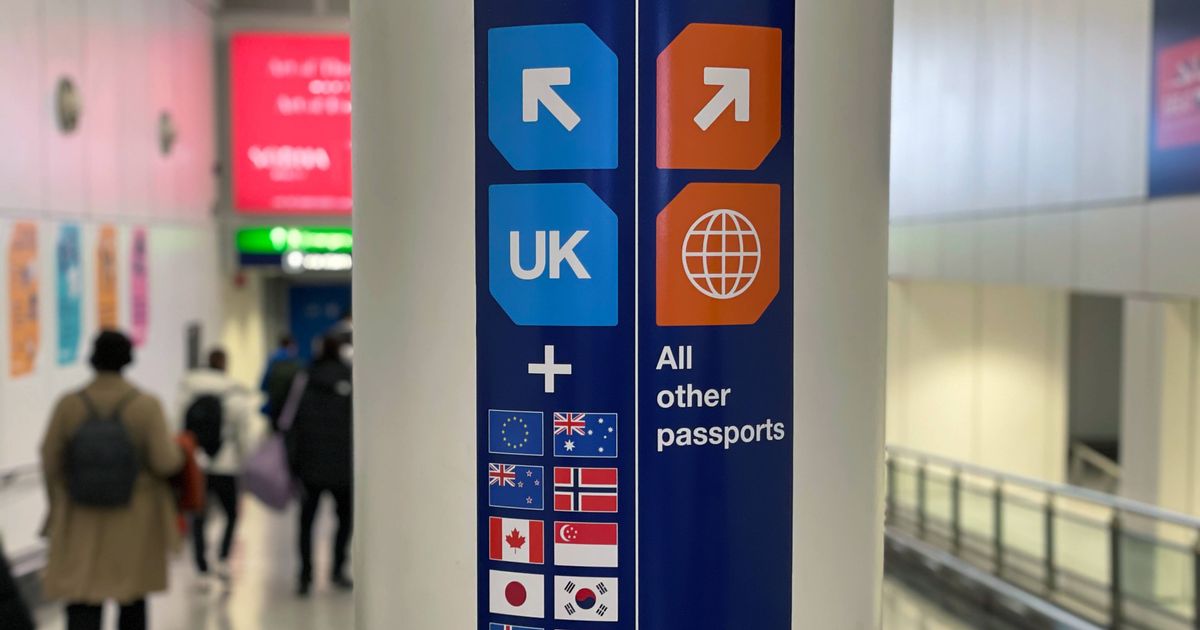Many people visit France each year, heading to popular destinations like Paris, Provence and Bordeaux A new scheme is about to come in, following Brexit(Image: dmbaker via Getty Images)
A new scheme is about to come in, following Brexit(Image: dmbaker via Getty Images)
People from the UK heading to France, Spain and other destinations may soon be denied entry if they fail to obtain a travel permit. New rules post-Brexit mean anyone travelling on a British passport will require the document before travelling to any part of the Schengen area, made up of some 25 EU countries and four other nations.
According to EU chiefs, the European Travel Information and Authorisation System (ETIAS), a new travel permit, is being introduced to bolster security and strengthen the borders of the Schengen zone. The scheme has been pushed back multiple times, but according to the most recent update, UK travellers won’t need one for EU travel until at least April 2027.
The EU’s Directorate-General for Migration and Home Affairs said earlier this year that the ETIAS will be rolled out in the last quarter of 2026. However, due to a transitional and grace period, the need to apply for an ETIAS before setting off won’t become compulsory until 2027.
READ MORE: Man missing after boarding flight to TenerifeREAD MORE: ‘Do not approach’ warning for people going to Turkey
The introduction of ETIAS is linked to the deployment of the Entry/Exit System (EES), and each permit will cost 20 euros. After several delays, the EU has agreed to gradually implement the EES from October this year. This phased roll-out allows member states to progressively introduce the new border system over a six-month period.
It will be needed for travel to and between the following countries: Austria, Belgium, Bulgaria, Croatia, Czechia, Denmark, Estonia, Finland, France, Germany, Greece, Hungary, Iceland, Italy, Latvia, Liechtenstein, Lithuania, Luxembourg, Malta, Netherlands, Norway, Poland, Portugal, Romania, Slovakia, Slovenia, Spain, Sweden, Switzerland.
If you’re travelling to a country in the Schengen area using a UK passport, you’ll need to register your biometric details, such as fingerprints or a photo, upon arrival. The EES registration will replace the current practice of manually stamping passports when visitors enter the EU.
The ETIAS is tied to an person’s passport and remains valid for three years or until the passport expires, whichever is sooner. Should you acquire a new passport, you’ll need to secure a fresh ETIAS travel authorisation.
Holding a valid ETIAS travel authorisation allows for multiple entries into the territories of participating European countries for short visits, generally up to 90 days within any 180-day span. However, this doesn’t guarantee admission.
At the border, officials will ask for your passport and additional documents to ensure you meet the entry criteria. Most ETIAS applications are processed and approved “almost immediately”, but errors in your application could lead to rejection.
If you don’t have a valid ETIAS, you will be denied entry to nations such as France, Spain and Italy, and SchengenVisaInfo has listed five reasons why your ETIAS application could be refused. These are:
- You don’t have a valid passport
- You do not attend a required interview
- You submit an incomplete application
- You are considered a “risk”
- You have a Schengen Information System (SIS) alert
Should your ETIAS application be refused, you have the right to appeal the decision.
